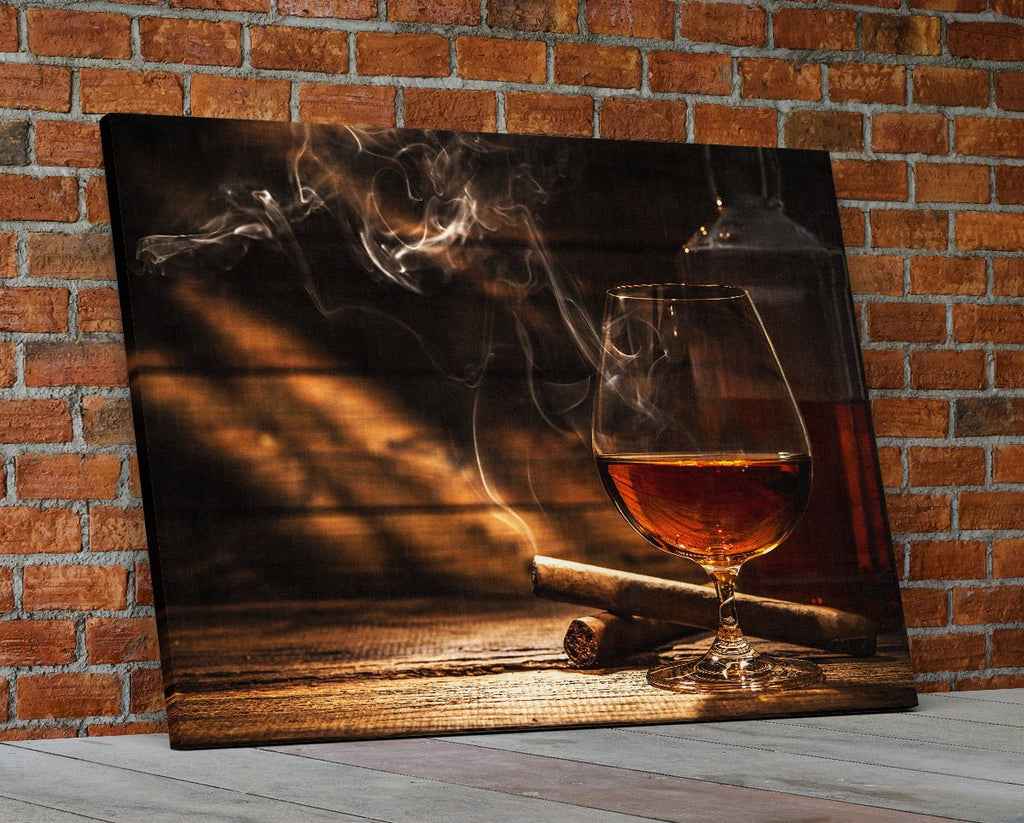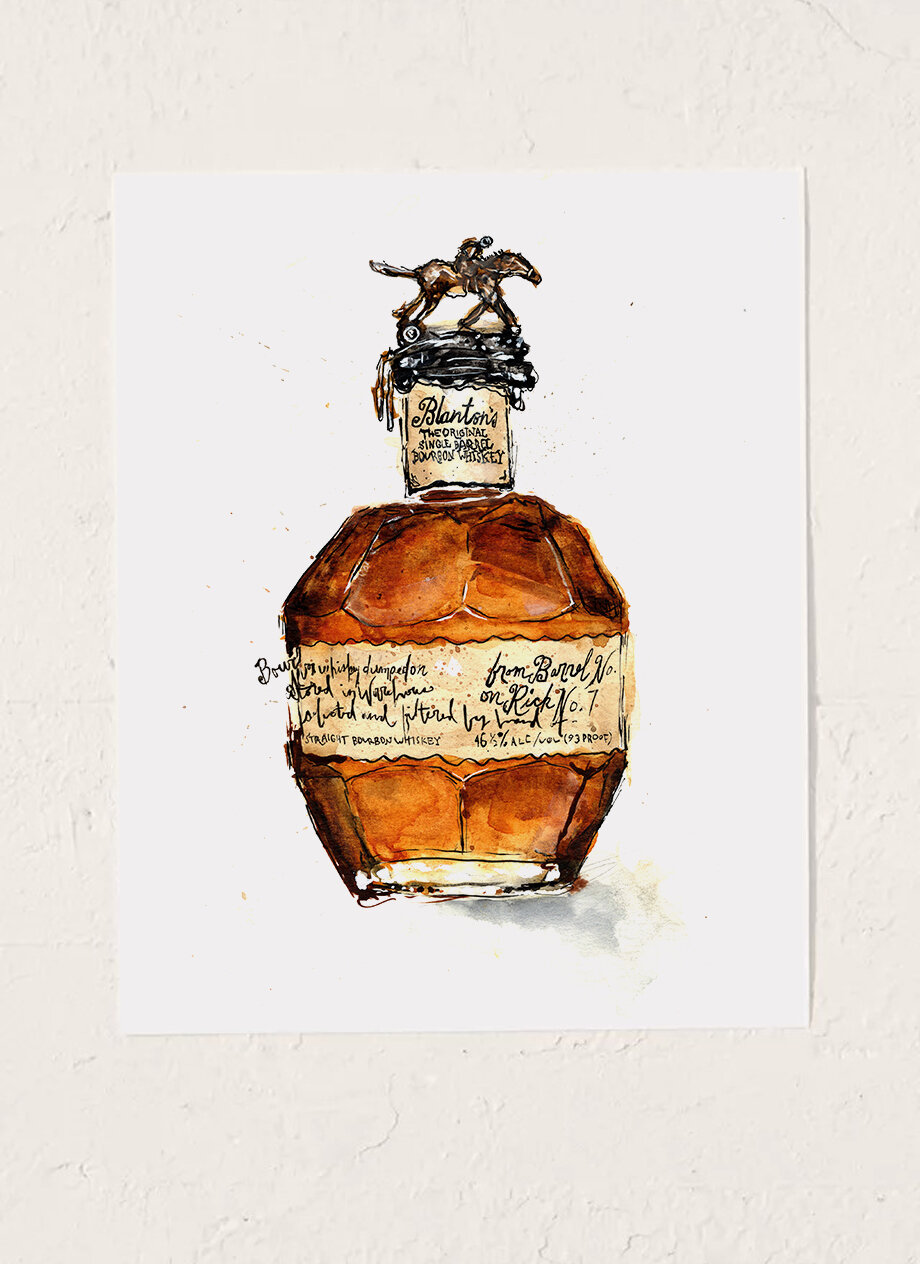Introducing the Charm of Bourbon Art: A Homage to Craft Distillers
Introducing the Charm of Bourbon Art: A Homage to Craft Distillers
Blog Article
The Importance of Whiskey Art in Celebrating Heritage and Craftsmanship in the Beverage Industry
The complex connection in between scotch art and the celebration of heritage and workmanship within the beverage sector can not be overstated. With thoughtfully made bottles and tags, whiskey brand names encapsulate their historic origins and the artisanal abilities that define their manufacturing methods.
The Historic Origins of Whiskey
At the heart of bourbon's appeal exists a rich tapestry of historical origins that trace back to old civilizations. The beginnings of bourbon can be linked to the purification practices of the Sumerians and Babylonians around 2000 BCE, where very early forms of fermented grain drinks started to arise. It was in the Middle Ages that the art of purification evolved considerably, specifically in Ireland and Scotland, leading to the creation of scotch as we recognize it today.
The term "bourbon" itself derives from the Gaelic word "uisce beatha," suggesting "water of life." This phrase underscores the cultural value of whiskey in Celtic societies, where it was typically linked with rituals, celebrations, and communal bonding. By the 15th century, purification came to be an identified craft within monastic communities, leading the way for the facility of lawful distilleries.
As profession paths increased, whiskey's popularity grew, transcending regional boundaries and catching the rate of interest of lovers worldwide. Realism Art. This historical journey shows not only the craftsmanship behind scotch production however likewise its important function in social and social contexts, marking it as a substantial drink throughout history
Artistic Expression in Branding
Whiskey branding stands as a compelling intersection of virtuosity and business, where aesthetic identity plays an essential role fit consumer perception. The looks of bourbon labels, product packaging, and advertising and marketing products show not only the brand's story yet additionally its core worths and heritage. With artistic expression, distilleries convey a story that reverberates with consumers, evoking feelings and triggering links.
Making use of color, typography, and images in branding serves to differentiate items in a saturated market. For example, traditional concepts may stimulate a sense of credibility and craftsmanship, while modern styles can signify technology and forward-thinking. This strategic imaginative direction improves brand name recognition and commitment, allowing customers to build a personal partnership with the whiskey they select.
In addition, creative expression in branding usually acts as a party of regional heritage. Distilleries often include local signs or historic references into their styles, developing a sense of location that welcomes customers to take part in a wider social experience. Ultimately, the artistry behind scotch branding not just boosts visual appeal however additionally improves the overall narrative of the brand, cultivating a much deeper appreciation for the craftsmanship and heritage embedded in each container.
Workmanship in Container Layout
The virtuosity evident in scotch branding prolongs past aesthetic identification to incorporate the workmanship involved in bottle design. Each bottle functions as a vessel not just for the spirit within, however likewise for the story it outlines its origin, custom, and high quality. The design procedure calls for thorough focus to information, as aspects such as closure, product, and form contribute considerably to the overall perception of the bourbon.
Workmanship in bottle design involves picking high-grade glass that can boost the scotch's color and clarity, while additionally supplying a tactile experience for the consumer. The shape of the container should be both functional and cosmetically attractive, commonly reflecting the heritage of discover this the brand. Many distilleries opt for one-of-a-kind shapes or embossed logo designs that evoke a feeling of authenticity and history.
In addition, the tag style and typography play an essential role in connecting the brand name's narrative. Whiskey Art. A well-crafted container not only astounds the customer's eye yet additionally enhances the brand's commitment to quality and custom. This way, the look at this now workmanship of bottle layout becomes a vital facet of the whiskey experience, combining artistry with an extensive regard for heritage
Cultural Significance of Bourbon Art
Celebrating custom and workmanship, the social value of bourbon art goes beyond mere appearances, linking with the historic and social stories of the areas from which it originates. Each bottle works as a canvas, depicting the one-of-a-kind stories, folklore, and traditions that have actually shaped neighborhood whiskey-making methods. The complex styles typically reflect the heritage of the distillers, including symbols and concepts that reverberate with the society and values of their neighborhoods.

Furthermore, scotch art plays an essential duty in common celebrations and events, working as a concrete web link in between individuals and their shared experiences. By appreciating the artistry in whiskey packaging, consumers cultivate a deeper understanding and respect for the craft, eventually enriching their enjoyment of the drink itself.
Modern Trends in Bourbon Discussion
In recent times, the presentation of bourbon find out has developed to reflect contemporary tastes and fads while still honoring conventional craftsmanship - Realism Art. Distilleries are significantly concentrating on visual elements that improve the overall drinking experience, bridging the void in between heritage and modernity
Cutting-edge bottle designs have emerged, typically integrating lasting materials and creative labels that tell compelling stories. Several brand names now collaborate with regional artists, instilling their items with unique aesthetic expressions that reverberate with customers. In addition, limited-edition releases are commonly packaged in collectible containers, adding worth and appeal for connoisseurs.

Final Thought
In conclusion, bourbon art offers as an essential channel for revealing the heritage and craftsmanship inherent in the beverage industry. Through intricate branding, cutting-edge bottle layouts, and culturally considerable artistic components, scotch brands efficiently honor their traditions and attach with customers.


Workmanship in container style involves selecting premium glass that can improve the scotch's color and clarity, while additionally supplying a responsive experience for the customer. In this way, the workmanship of bottle design comes to be an essential element of the whiskey experience, merging creativity with an extensive regard for heritage.
In verdict, scotch art offers as a vital avenue for sharing the heritage and workmanship fundamental in the drink industry.
Report this page